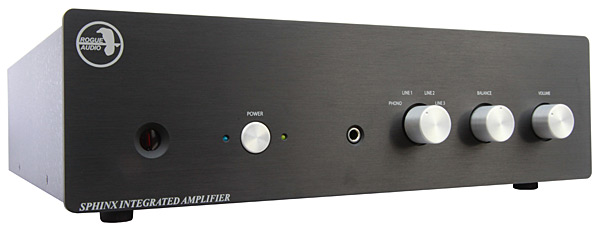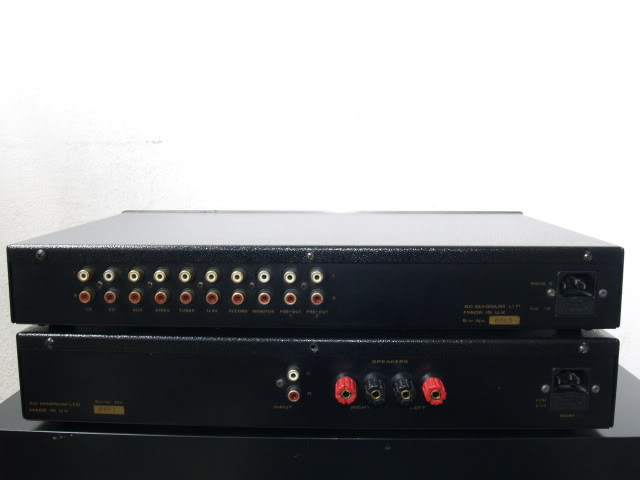

The catch is that some of the features require a little more user commitment than many fans of plug’n’play solid-state designs might typically expect and is even beyond what many audiophiles would consider to be tweaky adjustments. This is also solid state and is built around MOSFETs, so it can deliver a claimed power output of 2W. While some of Rogue Audio’s similarly priced competitors also have phono stages, an additional useful feature is the headphone amplifier stage. The phono stage is an entirely solid-state design as is the company’s Triton II MM/MC phono ( HFC 447), which received a recommended badge for its rich and engaging sound. The phono stage is usefully comprehensive with gain settings for both moving-magnet and coil cartridges, together with load adjustment to make partnering MC options especially a little simpler. There are four inputs, three line-level and one phono stage input all via stereo RCA connections. This power section is mated to a valve preamp with a compliment of two 12AX7 and three 12AU7 valves.

If you don’t need all that power, you can switch it from the standard ‘ultralinear’ mode to the ‘triode’ setting, which runs in lower-power single-ended mode. These are fairly powerful valves, able to deliver 60W of output power so the four here are being run relatively conservatively to generate a claimed power output of 100W into 8ohm, meaning it’s capable of driving the majority of today’s modern loudspeakers. This is the only all-valve integrated amplifier in the manufacturer’s range and uses a quartet of KT120 valves – itself a development of the KT88 beam tetrode. But for every rule there is an exception and in this case it takes the form of the Cronus Magnum III from Rogue Audio.
#ROGUE AUDIO STEREOTUBE AMPLIFIER FULL#
Although we’ve seen a number recently – such as Copland’s CTA408 and Icon Audio’s Stereo 40 MkIV (both reviewed HFC 450) – that challenge this thinking, typically valve amplifiers need to be paired with more sensitive loudspeakers to realise their full potential. Many designs – particularly those at the more affordable end of the market – simply aren’t capable of generating the power output levels necessary to drive demanding loudspeakers. When introducing a valve amplifier to a hi-fi setup, something that is often automatically assumed is that the rest of the system will have to be adapted to fit around its low power output sensibilities.


 0 kommentar(er)
0 kommentar(er)
